A call came in from a Santa Monica homeowner who had been wanting to put in a small herb garden for years. She had a busy life, and participated in a monthly CSA (community supported agriculture), so a full-sized vegetable garden wasn’t necessary. She dreamed, though, of walking out her back door to harvest fresh herbs.
With most of the back yard relegated for volleyball, we chose a corner of the yard for the herb garden. The homeowner wanted to break up the “bowling alley” shape of the yard, so curves were key.
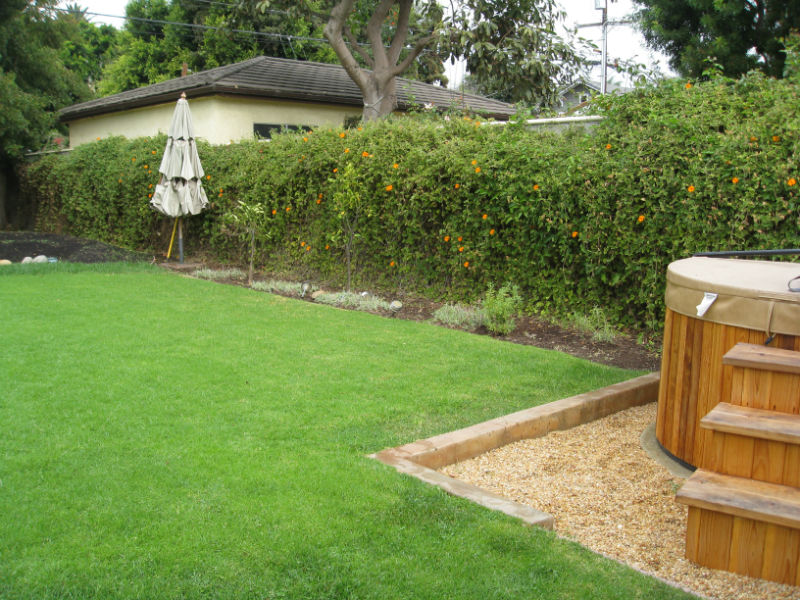
She also had 2 citrus trees that had been recently moved–placed unfortunately too close to the wall. The plantings between the trees had exhausted themselves and needed refreshing. The client wanted to add a kumquat tree as well (where the umbrella stands above).
The Gardenerd team got to work removing the old plant material and preparing the soil for the herb garden and one raised bed–so she could plant tomatoes in spring.
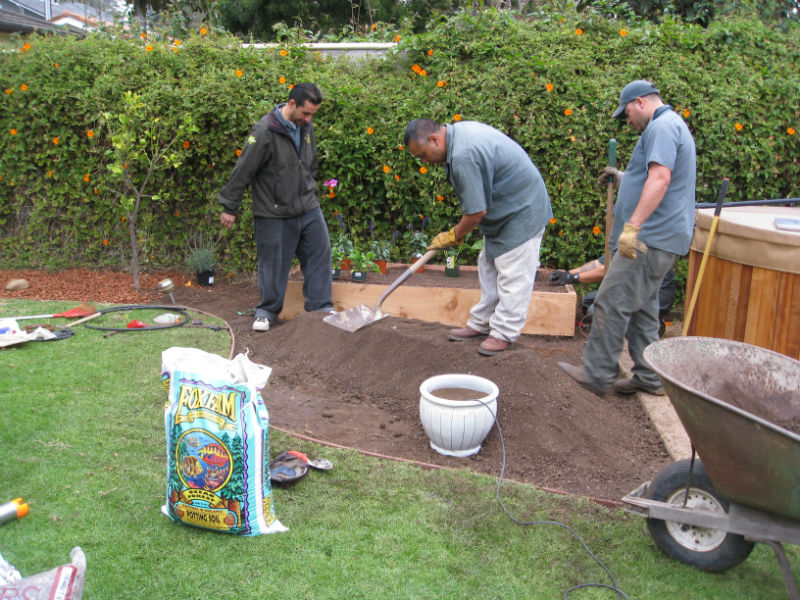
The yard had an existing mound incorporated into the design, so we mimicked the mounded area to tie in the new garden. We converted overhead irrigation to drip for the herbs and added a pot for mint (always plant mint in a pot to prevent hostile take over).
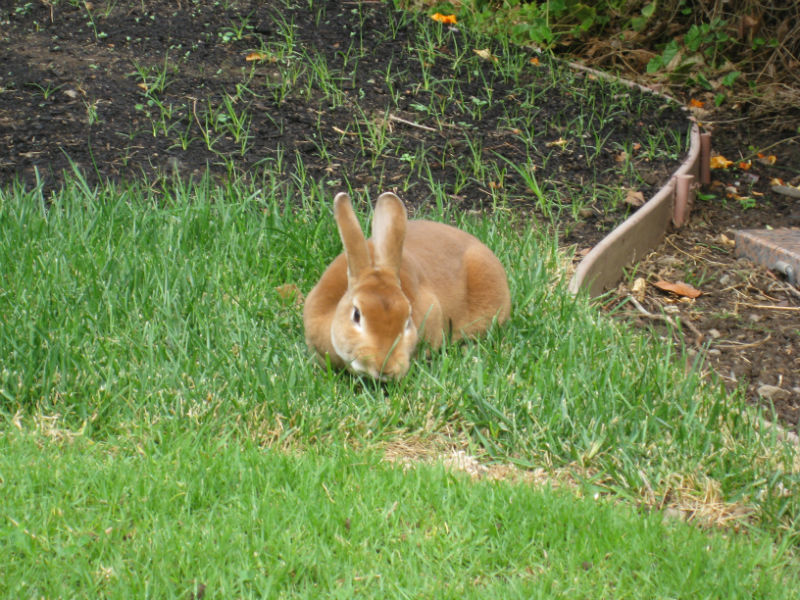
We installed the new kumquat tree, and fed the other trees with worm castings and B-1 to help reduce transplant shock once they were positioned.

We planted new drought tolerant plants including Mexican Sage and lavender. Next we put down a layer of chip bark to keep weeds at bay.
For fall and winter, we planted the raised bed with a few annuals for color and some arugula to augment the homeowner’s salads. In spring, she’ll plant tomatoes, and she’ll be harvesting herbs in about a month.
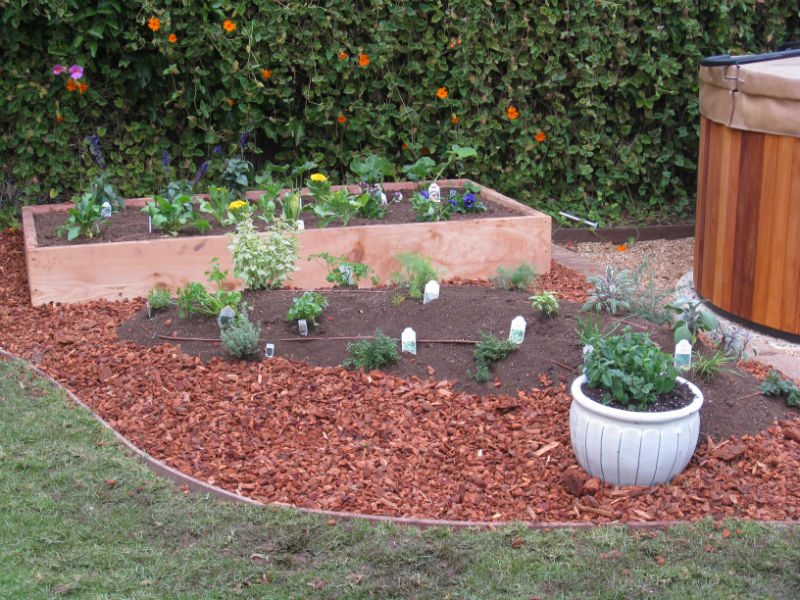


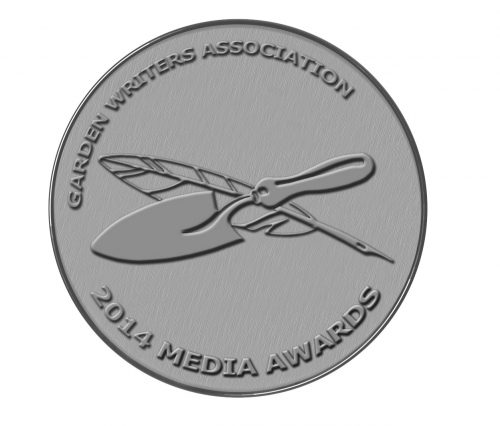
Are worm castings and B-1 recommended when planting any fruit tree? I’m about to plant two passion-fruit vines. Where do you get the B-1? Can I just put worm castings from my worm farm straight into the hole?
Use worm castings sparingly, as a little bit goes a long way. Your plants will certainly benefit from mixing a handful or two into the soil at the bottom of the planting hole. You can so sprinkle them around the root zone after planting and water it in.
B-1 is something I only have experience using on my fruit trees once every six months. We use it professionally to help get ailing trees back on track too. I don’t use it on anything else, but I guess people do. To help reduce transplant shock, I usually water with kelp emulsion instead.